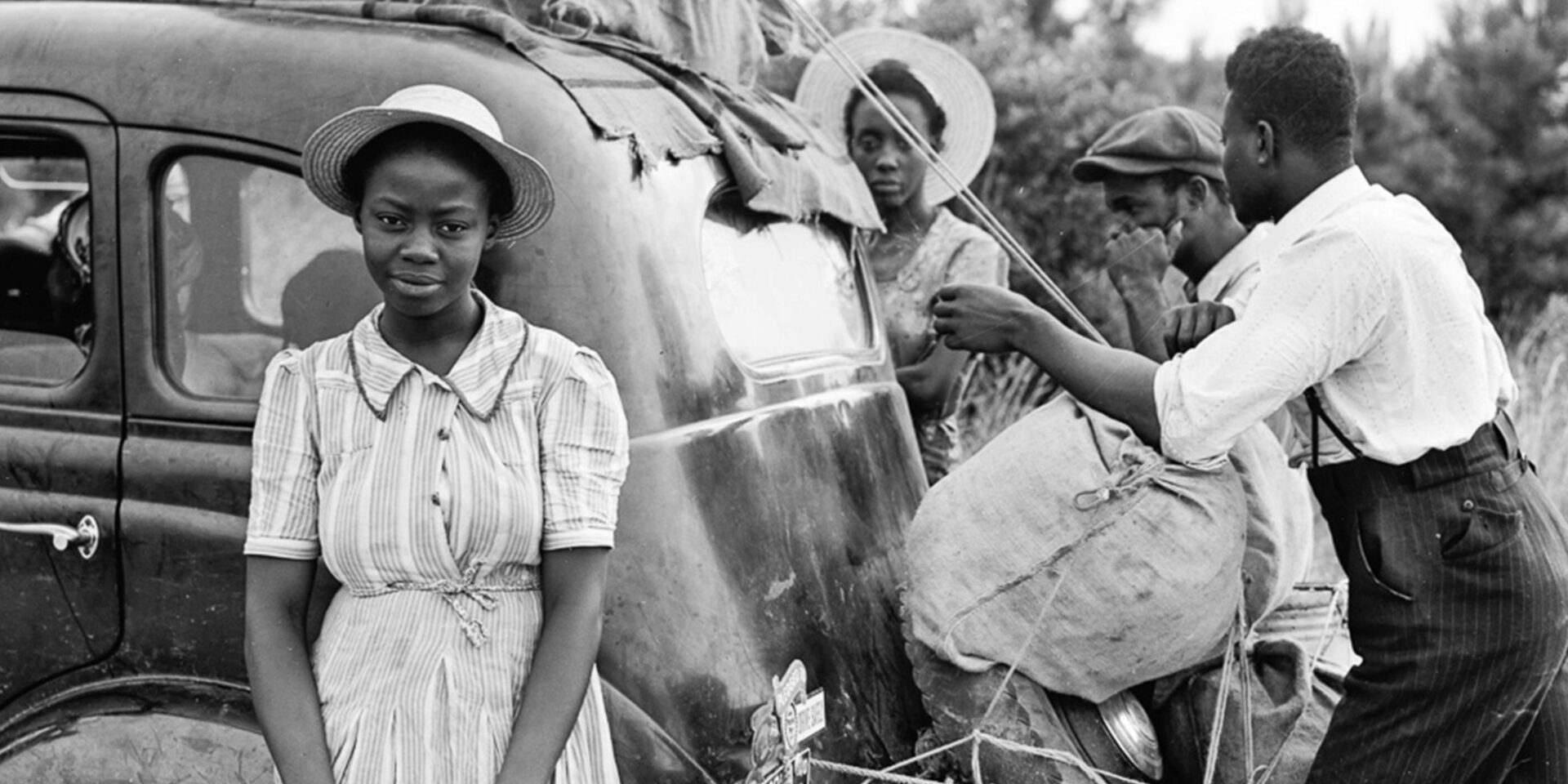February is Black History Month
Black History Month is an annual celebration of achievements by Black people and a time to recognize their central role in history.
Learn about and honor Black History Month with books, movies, music, programs, and digital resources from your library!
Visit our events calendar for information about all our programs.

FEATURED EVENTS
Sip & Paint
Fairfield Cordelia Library
Saturday, February 3, 2:30PM
Hosted by Lyn of @_lynscanvas, participants will create a painting celebrating Black culture while enjoying sparkling apple cider. All materials will be provided but seats are limited so register today! Each person attending needs to be registered. For ages 10 – adult.
Author Natasha Tripplett
Fairfield Cordelia Library
Friday, February 9, 10-1045AM
A charming story about a young girl who loves fixing automobiles with her grandfather on the warm grounds of Jamaica, Natasha Tripplett’s debut picture book is a perfect pick for fans of “My Papi Has a Motorcycle” and “The Old Truck.” Families will enjoy hearing this new book read by the author. Ms. Tripplett will sign books after the reading; copies will be available for purchase.
A love letter to hard work and shared legacy. — Kirkus Reviews (starred review).
Learn more about the author at: https://www.natashabooks.com/
Black History Month: Cooking with Chef Garrison
Fairfield Civic Center Library
Saturday, February 10, 12-1PM
Let’s celebrate Black History month through food! Families with preschool children (3-5) are encouraged to join us! Chef Garrison will lead the group in making a soul food tasty treat- banana pudding cups!
This program is intended for preschoolers and their grown-ups.
Comedy Show Starring OG Vicc
Vallejo John F. Kennedy Library
Thursday, February 15, 6-7:30PM
Hailing from right here in Vallejo, OG Vicc will have you cracking up from the start to the end. Come by yourself or bring a friend!
Black History Month Tiny Art Show
Vallejo Springstowne Library
Visit the library to pick up a free mini art kit. Create a work of art that honors and celebrates Black History Month. When completed, return your art to the library to part of the Black History Month Tiny Art Show. Check out artwork submitted by other participants. Open to all ages, while supplies last.
African Village Celebration
Dixon Library
Thursday, February 22, 11AM-12PM
Onye Onyemaechi, MBA is a world-renowned master percussionist, educator, author, and performing musician, who engages children and families in
a participatory experience of African Village life. He actively involves the community in drumming, dancing, songs and village stories. Onye uses captivating music, native dress and instruments presented in a historical/cultural context. All are encouraged to value and integrate their own heritages into their learning and living experiences.
Black History Month Inspired Invention Workshop
Vallejo John F. Kennedy Library
Thursday, February 22, 3-7PM
Learn about and be inspired by famous black inventors. We’ll brainstorm ideas, draw out how your invention will look and use materials provided to make a model of your very own invention!
Don’t know what to make? Check out ‘Make it Thursday!’ we will have a special activity to get your creative muscles working. So come join us!
Children under 10 must be accompanied by an adult at all times.
Afternoon Adventures: Black History Month Storytime and Craft
Suisun City Library
Thursday, February 22, 3:30PM
Join us in celebrating Black History Month with fun-filled activities for everyone. Featuring family story time, crafts and snacks.
African Village CelebrationVacaville Town Square LibraryThursday, February 22, 3:30-4:30 PMOnye Onyemaechi, MBA is a world-renowned master percussionist, educator, author, and performing musician, who engages children and families ina participatory experience of African Village life. He actively involves the community in drumming, dancing, songs and village stories. Onye uses captivating music, native dress and instruments presented in a historical/cultural context. All are encouraged to value and integrate their own heritages into their learning and living experiences.
Poetry Slam
Vallejo John F. Kennedy Library
Thursday, February 22, 6-7:30PM
The JFK Black History Month Poetry Night will feature poets and poets laureate from around the Bay Area presenting masterfully-crafted pieces around the night’s theme: Renewal. Join us for a night of dynamic spoken word and phenomenal fellowship!
Featuring:
Jacalyn Eyvonne, Current Co-Poets Laureate of Vallejo
Dr. Genea Brice, Inaugural Poet Laureate of Vallejo
Stephen Sharpe, Current Poet Laureate of Richmond
E. Spoken, Poet, 2nd Granddaughter of Josh Halsey (1898)
Swirv Azubuike
Quilting Lesson with Rachel-Anne Palacios
Vallejo Springstowne Library
Saturday, February 24, 11AM-12PM
Learn about fabrics in the US that made an impact and have passed down from generations of descendants of slaves. Create art inspired by traditional patterns or Faith Ringgold’s book Tar Beach.
The Gees Bend lesson focuses on how fabric in the United States made an impact during the times of slavery and has been passed down from generations of descendants slaves. Participants with be able to create art inspired by traditional quilting patterns or create their own story quilt inspired by Faith Ringgold’s book tar beach.
Rachel-Anne Palacios teaches cultural and folk arts education programming throughout the Bay Area for people of all ages.
Featured Documentary: Becoming Frederick Douglass
Suisun City Library
Saturday, February 24, 2-3PM
Join us in celebrating Black History Month! Open to all ages, but children must be accompanied by an adult. Rated TV-14.
Book Lists for All ages
Adult
https://splash.na2.iiivega.com/library-list/showcase/d09ed144-3b5c-4a1b-bd25-34ac55d163cf
Teens
https://splash.na2.iiivega.com/library-list/showcase/45eb7576-b18c-45a4-9110-eb3d70f563e8
Kids
https://splash.na2.iiivega.com/library-list/showcase/59e72952-645e-474f-992b-0116dcd8e06e
